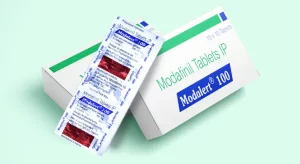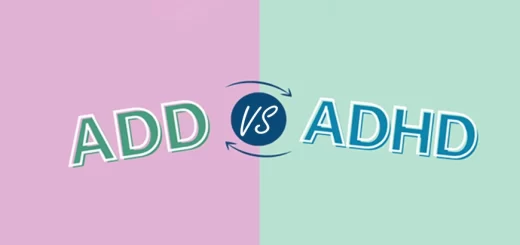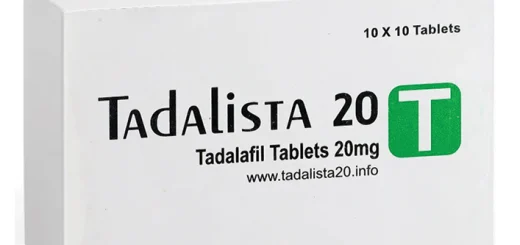Exploring Inattentive ADHD In Women
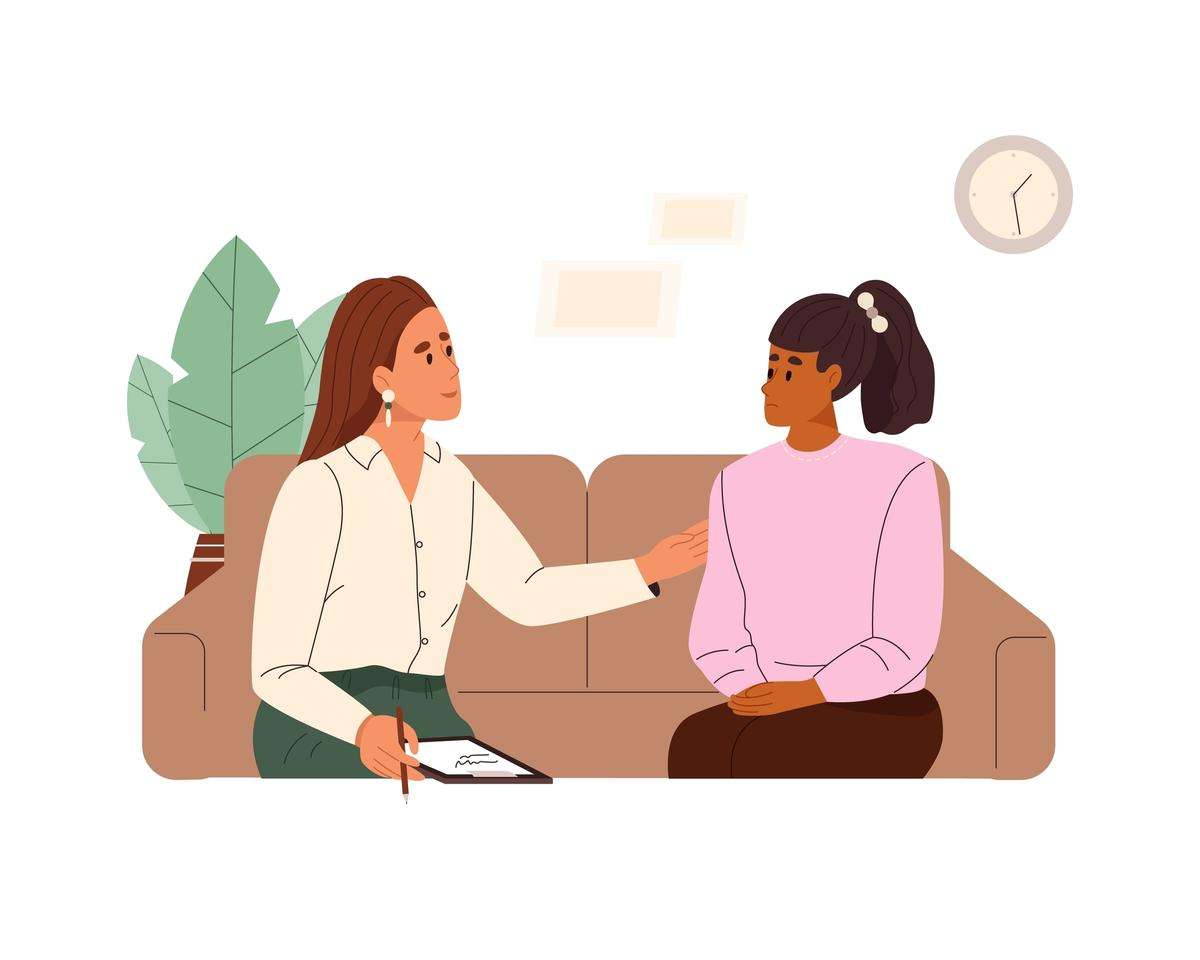
Attention deficit hyperactivity disorder (ADHD) is a widespread neurological illness that disrupts daily functioning and creates numerous issues in school, work, and relationships. ADHD is frequently misinterpreted as a men’s ailment, despite the fact that boys are diagnosed with it significantly more frequently than girls. However, after much investigation, many specialists concluded that it is just as common in girls and women as it is in men and boys. The reason for this difference is that ADHD in women shows up differently than in men, so doctors are less likely to notice it as a diagnosis.
ADHD signs often show up early in a child’s life. Children with ADHD might be hyperactive, inattentive, or a combination of the two. Women and girls suffering from ADHD frequently have very different experiences than boys and men suffering from the same disorder. This is because the diagnostic standards have been based on observations of men; we don’t fully understand the symptoms in women, and female biology plays a role. And because of these differences, women may not know what’s going on with them for months or even years.
The good news is that the differences between men and women in ADHD diagnosis and treatment are becoming clearer, and efforts are being made to close the gap. Despite the difficulties associated with ADHD, you can still have a fulfilling life. Women and girls of any age diagnosed with ADHD can find hope, support, and assistance. The good news is that there are methods available for reducing the impact of ADHD on daily life.
What is Attention deficit hyperactivity disorder?
Attention deficit hyperactivity disorder is the most common mental illness. It usually starts in childhood and lasts into adulthood. It is a pattern of not paying attention, being too active, or acting on impulses that last for a long time and get in the way of daily life and growth. It is a serious and long-lasting illness that affects many parts of a person’s life, such as academic and career success, relationships, and the ability to get through the day.
Men are more likely to be diagnosed since the symptoms are more easily recognized by doctors. But that doesn’t mean boys are at higher risk. Males with this disorder tend to be more hyperactive and impulsive, while females with ADHD are likelier to have trouble paying attention. This can make it difficult to complete tasks, focus on specifics, or take direction. Women may not recognize they have ADHD until they are experiencing significant difficulties in areas such as employment, family life, and interpersonal connections.
The article discusses what causes ADHD in women and the signs that women and girls exhibit. The article also delves into the many available treatments for this neurological mental condition. If you are facing sleep disorder symptoms you can order Modafresh 200MG
There are three main types:
Inattentive presentation:
Individuals with this type of ADHD have difficulties with attention and may have trouble staying focused, following instructions, and organizing tasks.
Hyperactive- impulsive presentation:
People with this type are more hyperactive and act impulsively, like being restless, fidgeting, talking too much, cutting other people off, and doing things without thinking about the effects.
Combination presentation:
This is the most prevalent form of ADHD, characterized by both inattention and hyperactivity.
ADHD in women checklist:
Possible symptoms of ADHD in women are listed below.
Relationships:
You may wish that you could do what other people do and be a better friend, lover, or mother. You could, for example, bake cookies, remember birthdays, and be on time for dates. People may conclude that you are unconcerned if you are unable to execute the tasks that society expects women to perform.
Social life:
You were probably labeled a tomboy when you were younger due to your boundless energy and desire to always be doing something. Adults may find it challenging to maintain friendships because of how complicated social norms may appear. People may claim that you speak more than anyone else they know. People frequently tell you that you are the most talkative person they know. While this sort of girl is very communicative, she may dread attending parties and other social occasions since she feels overwhelmed and shy. Unless you’re talking or the topic is especially interesting, you tend to daydream during conversations.
Work:
It’s hard to get work done at the office because of all the background noise and people. And when that happens, you’d rather come in early or stay late so you can work better when everyone else has left, and it’s quiet.
School life:
In school, ADHD in women may be missed because women are likelier to have an inattentive type, which doesn’t cause the same obvious behavior problems as the hyperactive/impulsive type. Girls with this disorder may also focus too much on things that interest them, making teachers and parents miss the fact that they may have ADHD.
Daily life:
If you have ADHD, you might feel like you spend every day answering questions and preventing disasters instead of getting closer to your goals. You may be disappointed and furious that you have not realized your full potential. There may be other daily problems, like:
People generally overspend to compensate for other problems. For example, if you forget someone’s birthday, you buy a costly gift to compensate.
You may spend a lot of time and money to get things organized, but then you don’t use them, and you feel embarrassed when other people visit your house because everything is disorganized.
Some people visit grocery shops to buy something and often find it difficult to decide what to buy.
ADHD in women won’t necessarily have all these symptoms; at the same time, having one or more symptoms doesn’t mean that ADHD is uncertain. In such situations, having a general discussion with a doctor may be beneficial.
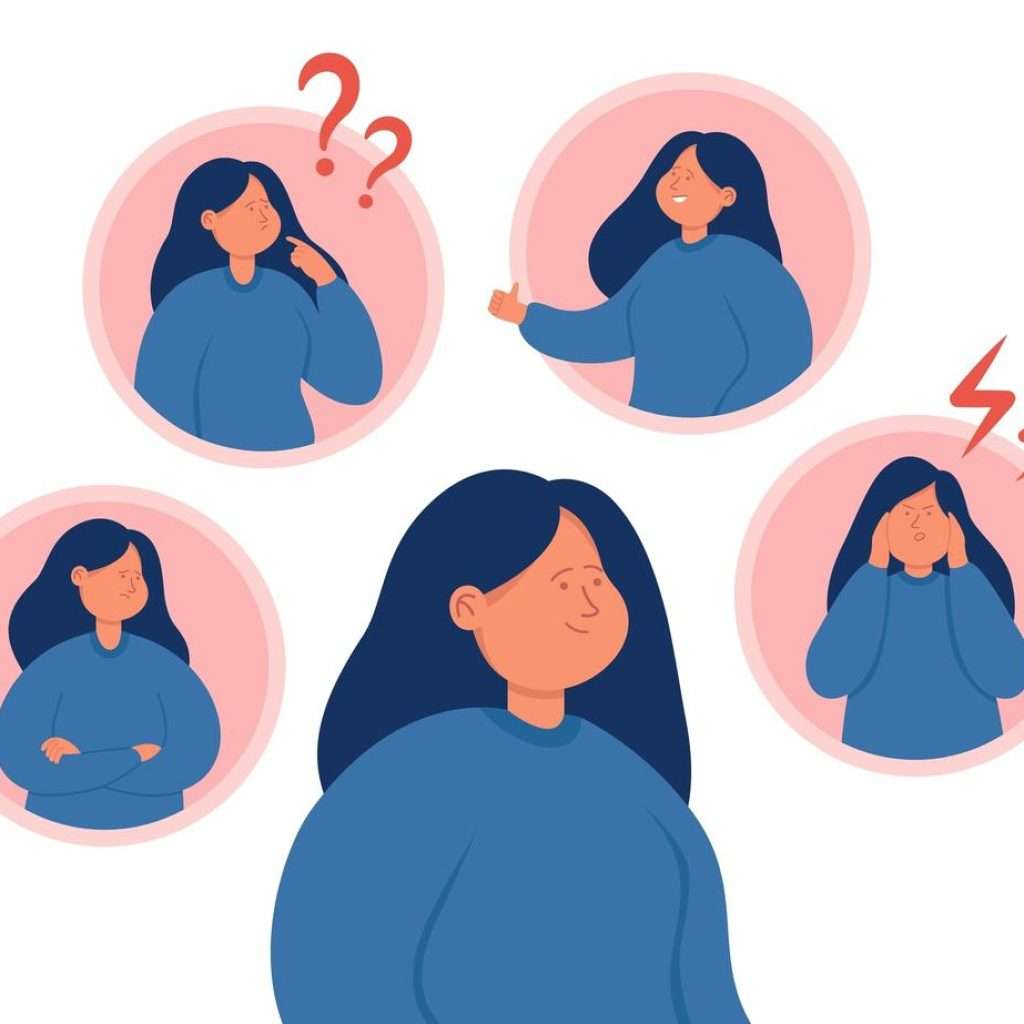
ADHD treatment in women:
Effective treatment for ADHD in women often involves more than one method. The best treatments depend on many things, such as the type, severity, and effects of the disorder’s symptoms.
Medication:
When a child or adult is identified with ADHD, doctors usually give them a mix of stimulants and non-stimulants to help control symptoms and improve how they work.
Psychotherapy:
The experts also said that girls and women with this disorder are more likely to have drug problems, habits that make bad things more likely to happen, disordered eating, and to hurt themselves. Health experts said that girls and women with this disorder should talk to doctors about the extra risks they might face.
Cognitive behavioral therapy:
Cognitive-behavioral therapy helps people with ADHD figure out how they act and think in ways that worsen their symptoms or mess up their decision-making ability. This treatment helps people learn how to deal with things and change how they feel and act. Over time, this can help make ADHD less of a problem in daily life.
Social skills training:
ADHD can harm a person’s relationships and social interactions. Women who do not yet have a diagnosis or who obtain one later in life may struggle to adjust.
As a result, teaching people with ADHD social skills might help them integrate more smoothly and nurture connections. However, in a clinical situation, it is only sometimes beneficial.
A medical professional should assess you if you think you might have ADHD. With a correct diagnosis and treatment plan, you can relieve your symptoms and dramatically enhance the quality of your life. A better diagnosis might be made after discussing your symptoms with a doctor or mental health expert.
Conclusion:
Women and men with this illness frequently have distinct symptoms. Girls and women are more likely to show signs of not paying attention than of being hyperactive or acting on impulse. Because the symptoms of this condition are often less disruptive in women, they sometimes go untreated until much later in life. While both sexes can benefit from ADHD therapy, women are less likely to receive it due to a lack of understanding about the disorder or a misguided perception that it primarily affects boys. Better awareness and recognition of these distinctions can help parents, teachers, and medical professionals recognize ADHD in women earlier, allowing them to receive the proper diagnosis and treatment.
[WPSM_AC id=4455]

